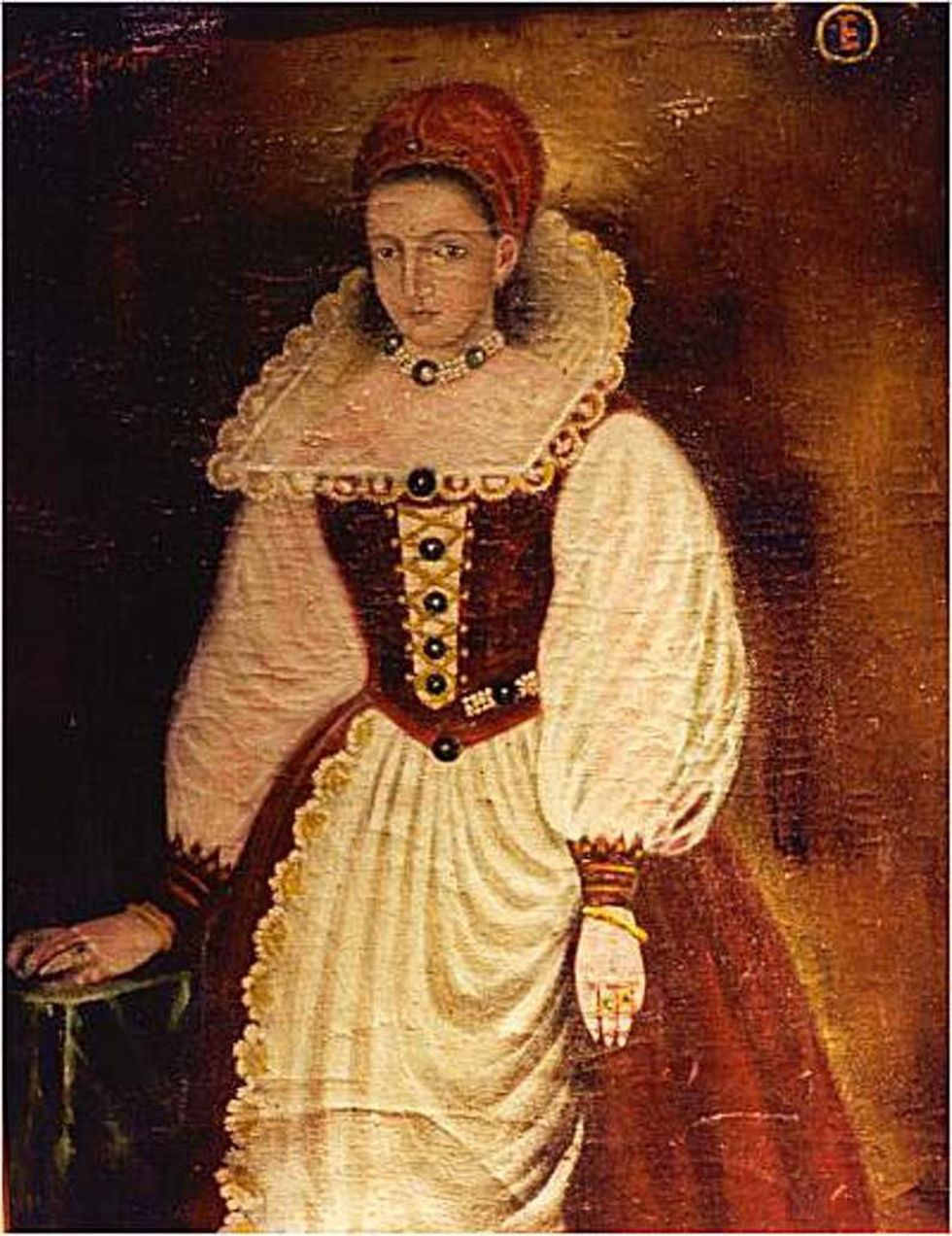October is finally here, and you know what that means! Ah, Halloween – when children delight at having free candy, parents freak out about razor apples, and conservatives blow a gasket about the “Devil’s holiday.” But no matter how you look at it, there are two truths that hold throughout. That being that Halloween is the one day in the Gregorian calendar that we can openly be something we aren’t and scary reigns supreme. Whether it’s in the theater, “haunted” houses, or (my personal favorite) binge reading the "Tales of Edgar Allan Poe" and "The Picture of Dorian Gray," people love to be scared.
Now I’m not going to lie, horror and I have a very complicated relationship, to say the very least. I love to sit in theaters and watch movies like Insidious and The Conjuring, only to scream louder than everyone else combined. I’m not the only person I’ve seen like this; my grandmother was the same way, and (according to a TOTALLY legit survey that I just made up) the Internet abounds with similar tales. History is filled with such stories as Dracula, Frankenstein, Carmilla, The Phantom of the Opera, and many more that go to show that human beings are fascinated with what is unseen, the taboo, and what lies in the shadows.
Anyone who’s ever studied high school mythology can tell you that our love of the unknown goes VERY deep. The Greeks, known for their colorful culture, is full of such fantastic creatures as Sirens, Griffins, Centaurs, and more. But the lesser-known are Empusa and Lamia, terrifying predecessors to the modern vampire. Empusa was a daughter of the goddess Hecate and would drink the blood of the young men she seduced while they slept, while Lamia was a mistress of Zeus. Hera (true to form) killed her children and cursed Lamia to haunt the children to others, which she then devoured out of envy. They actually bear many similarities to Lilith in Hebrew demonology, who believed she would steal people’s children. But by far the most famous/infamous ancestor to the modern vampire is the Hungarian Countess Elizabeth Báthory, who was also known as “The Bloody Countess” and “The Tigress of Csejte." History says she murdered up to 650 virgins to bathe in their blood. In fact, when English playwright Bram Stoker was traveling through Europe researching for one of his 1897 novels, he came across these tales that feature prominently in the most famous (and extremely dry) vampire tale in history, Dracula.
Egyptian mythology is one of the darkest and most intriguing systems of ancient religion. For example, Set killed his brother Osiris to get with his wife/their sister Isis; Set’s son Anubis weighed the purity of a dead person’s heart and often fed them to a half alligator, half lion creature, etc. But it’s also one of the most intense, as a person’s journey through the underworld symbolizes the journey of the sun (Horus) through the night, and if they couldn’t make it the sun wouldn’t rise. However, I don’t wish to dwell on that. Instead, let’s talk about the gods. In particular, let's talk about Set, the god of chaos. The different gods of Egypt are depicted with different animal heads, and those animals are theirs. For instance, Horus is depicted with the head of a hawk and the hawk is his animal, Anubis has the head of a jackal and the jackal is his animal, etc. Now Set is a little different. His head and animal are known as the Sha, which is depicted as having the snout of a greyhound or a jackal, a stiff tail that is often forked, small triangular ears that usually stand straight up, and fur that is usually red or black in color. The only problem is that the Sha does not resemble any animal that we know of today.
Actually, that’s not true.
In the district of Gevaudan in the south of France, an inexpiable beast ran amok (AMOK! Amok amok amok amok amok amok!!!!) in the mid-1700’s. Believed to have killed over 100 people, it is reported that the beast was four times the size of a horse, had the snout of a greyhound or a pig, short ears that stood up like horns, a wide chest, a huge head and neck, and varying accounts of fur with patterns of white, red, and black. Several tried to kill it to no avail, but word of the creature soon reached the royal court at Versailles where King Louis XV sent one of his hunters who managed to kill the beast with a silver bullet. And while the Beast of Gevaudan may not be your typical werewolf story, the beast’s corpse was taken back to Versailles where it was put on display for the royal court.
Whether your thing is vampires, werewolves, ghosts, serial killers or zombies, you can be sure that they have roots in the stories of our ancestors. But the thing is, are we scared of the thing themselves, or what they represent? One of the common threads through all of these stories is death. I really think that’s what truly terrifies us, and what makes these stories and legends abound century after century. After all, there is nothing more frightening than the unknown.










 mr and mrs potato head
StableDiffusion
mr and mrs potato head
StableDiffusion










